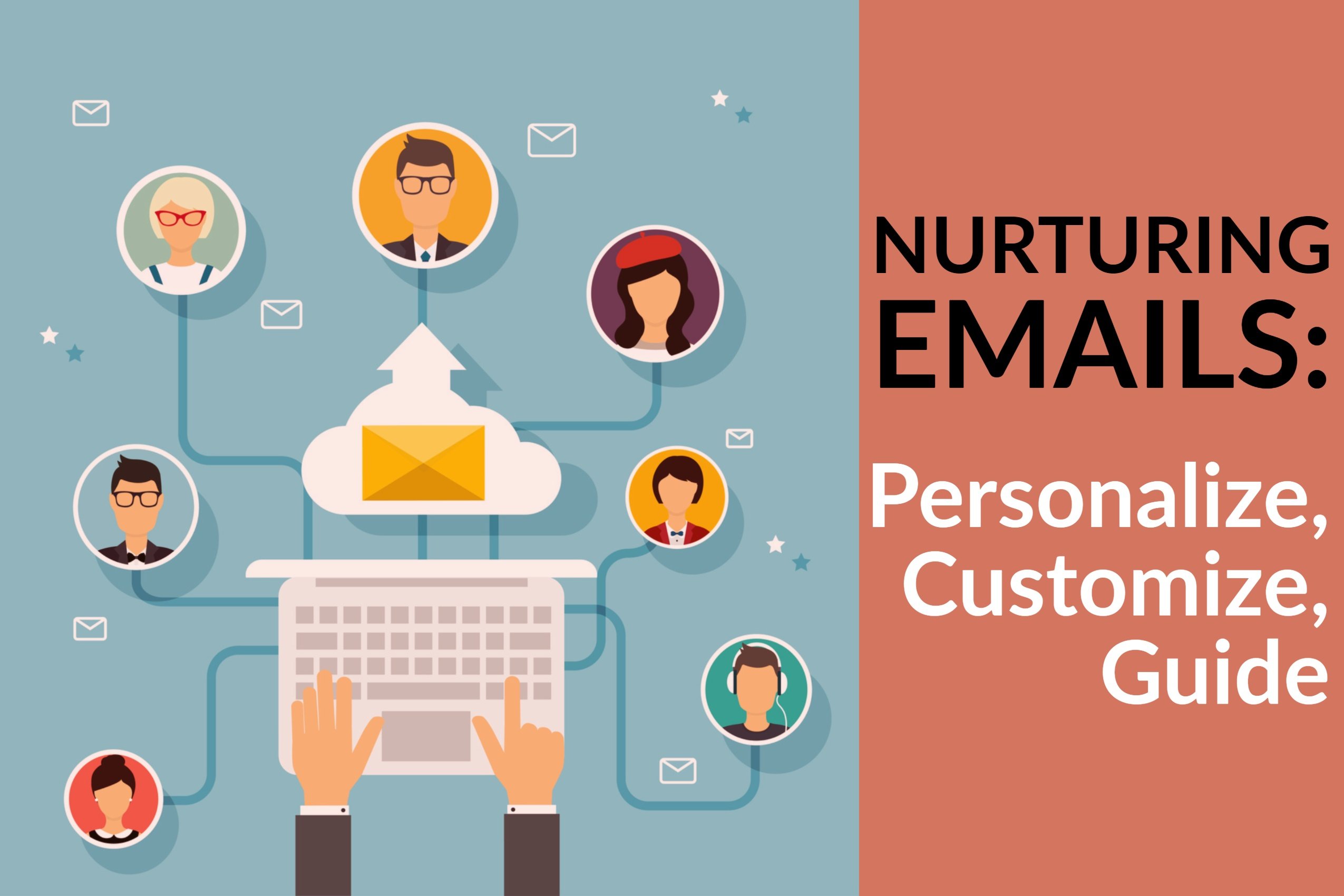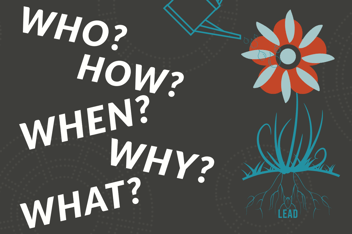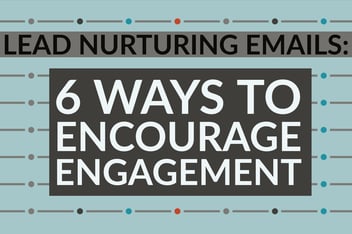Lead Nurturing Emails: Personalize, Customize, Guide

Automated lead nurturing emails are an essential element in inbound marketing, providing the continuing connection after a visitor converts into a lead on your website.
By emphasizing three primary tactics when writing your lead nurturing workflow emails, you can capitalize on the benefits these emails have over random mass mailings — namely a 4-10 times higher response rate.
The three characteristics you need to remember when crafting lead nurturing workflows:
-
Personalize
-
Customize
-
Guide
Personalize lead nurturing emails
When a website visitor converts into a lead by completing a landing page on your website, you will typically collect at least a minimal amount of information, such as first and last name, to go along with the email address. If the offer falls toward the bottom of the sales funnel, indicating a lead who is seriously considering a purchase decision, or if the lead has downloaded multiple offers with which you’ve used progressive forms, that information could include company name, industry, job title and other indicators of who your lead is.
By personalizing emails, you increase the feeling of connection and increase interaction with the emails. Just including a first name, either in the subject line or as a greeting in the body of the email, has been shown to increase click-through rates from 5.8 percent to 7 percent. As leads progress further through the workflow, or move from a workflow designed to move them from awareness to consideration into a more advanced workflow focused on reaching the decision stage, you can include additional personalization such as company name.
One caveat, however. Just as with in-person conversations, just because you know certain facts about someone doesn’t make them appropriate to bring up at all times. Don’t get carried away with your personalization and end up with emails that are just a little too personal. You may know, through website cookies and closed loop marketing, that the lead has visited your blog page every day for the last month, but that doesn’t mean you should say so in a nurturing email.
Customize lead nurturing emails
Along with personalizing the conversation by using a lead’s name or other identifying information, your lead nurturing emails should be customized to fit the stage of the sales funnel each lead falls into. This means carefully selecting the links and additional offers included in the emails to provide content that matches the leads’ current needs.
For a workflow triggered by downloading a top-of-the-funnel awareness offer (such as an introductory ebook), focus on additional introductory and awareness content to begin. This isn’t the time to push for a consultation with a sales rep.
You can also promote resources that leads can put to work themselves, such as checklists or templates. Providing useful information and resources builds your brand’s position of trust and authority with new leads.
(See our own examples of useful resources in the “Do” section of the Inbound Marketing Learning Library; it is filled with worksheets, templates, and checklists for everything from creating blog calendars to planning lead nurturing workflows.)
Workflows triggered when a lead accesses offers that fall into the consideration or decision categories may take a more pointed approach. In these emails, you will want to point leads toward content that can help them make a decision, which could include blog posts about choosing a vendor in your industry, product videos or downloads of case studies about how your solution helped other customers overcome challenges or solve problems.
Guide leads through the funnel
As you craft a complete workflow of emails (download a sample in our Lead Nurturing Toolkit), remember to have an end goal in mind. For a workflow triggered by accessing an awareness level offer, that goal may be simply to download an offer that is in the consideration or decision stage of the sales funnel.
For a workflow triggered by accessing a consideration offer, which already indicates a certain level of intent and readiness, the goal might be to schedule a consultation or access a free trial. Use a series of four or five emails, all of which provide useful information and links, to guide leads toward the goal. Gentle nudges, backed with solid content, will move serious leads toward a decision.
Automated lead nurturing has the potential to reduce the length of the sales cycle by nearly 25 percent, while also gathering useful lead intelligence that can make it easier for the sales department to establish rapport once a lead has been qualified for direct contact.
Learn more about using automated emails for lead nurturing in these blog posts and resources:
-1.png?width=1652&height=294&name=Jones(RGB)-1.png)











